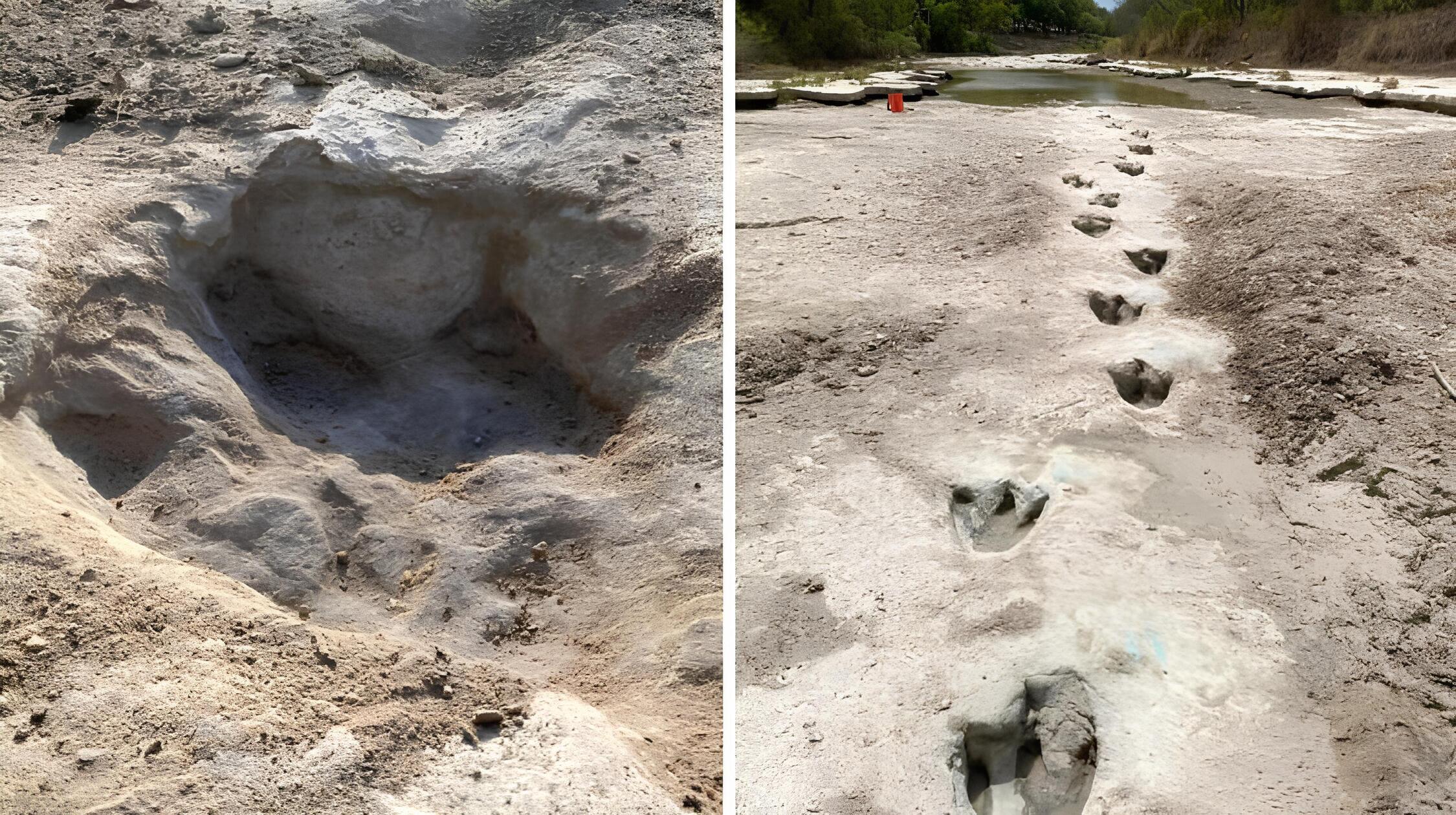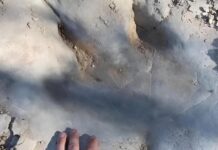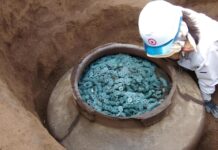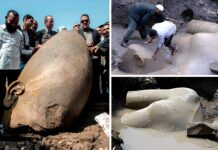The extended drought in Texas has revealed a stunning look into the old world. A trail of dinosaur tracks reaching back 113 million years has been discovered in Dinosaur Valley State Park’s dry river bed. These footprints, which had been concealed since 2000, provide an enthralling glimpse into the life of these long-extinct giants.

Dinosaur Valley State Park has long been known for its abundance of dinosaur tracks, which draws people anxious to study the prehistoric ruins. However, the recent drought has revealed a new set of tracks that had previously escaped human detection. Park volunteers like Paul Baker and specialists like Glen Kuban have worked hard to document and catalog these newly discovered gems.
The continuous efforts of the park to clean and study three significant sites—B.P. Baker, Deino, and the Lone Ranger Trail—have revealed intriguing results. Each place has uncovered new tracks, but the Lone Ranger Trail has the most extensive collection. Experts believe the traces belonged to an Acrocanthosaurus, a fearsome bipedal carnivore similar to the infamous Tyrannosaurus rex. This behemoth, standing around 15 feet tall and weighing many tons, left an unmistakable impression on the ancient terrain.

Scientists and park authorities have had a unique opportunity to analyze these ancient impressions as the typically buried and sediment-covered trails have reappeared owing to the drying Paluxy River. However, due to the unpredictable nature of weather, rushing waves following a bout of rainfall might bury the tracks in silt once more. This natural cycle, paradoxically, functions as a defender, protecting the fragile tracks and keeping them from succumbing to the weather.

The park’s complex tapestry of footprints includes not just Acrocanthosaurus tracks but also Sauroposeidon, a long-necked dinosaur. Researchers previously mapped these footprints in an effort to learn more about how these two species interacted throughout the Mesozoic era.

The discovery of these 113 million-year-old dinosaur tracks reminds us of the immense quantity of information that lies beneath our feet. The persistent drought has provided us with a brief look into a time when giant reptile animals inhabited the Earth. We can only put together the jigsaw of our planet’s unique past via the diligent work of committed individuals and collaboration between scholars and park managers. As these trails are reburied by nature, we can only marvel at the millennia they have patiently waited to tell us their story anew.






